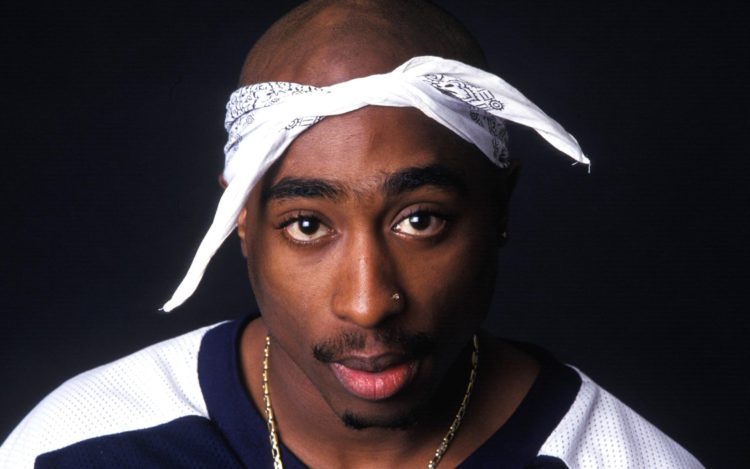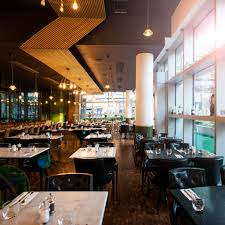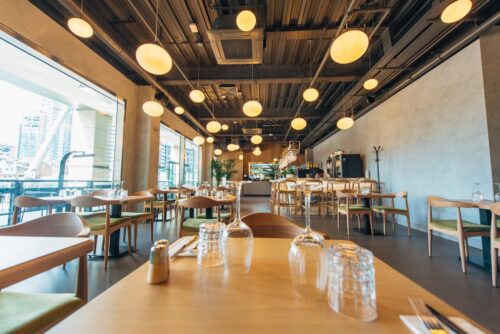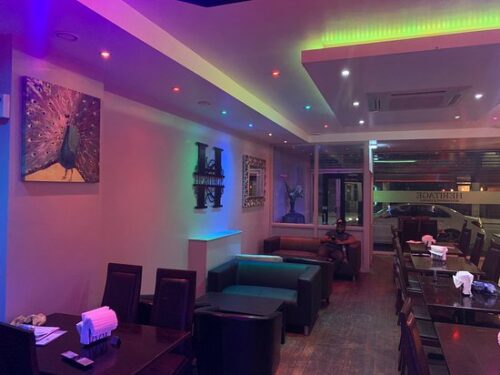By Aaron Miller And Lucas Moore-
The real killer of the late rapper Tupac Shakur, allowed the victim of the group beating which involved Tupac after a quick and explosive knock out victory of Mike Tyson over Bruce Seldon, take the glory, a U.S court heard .
Tupac Shakur(pictured) was shot multiple times in a drive-by shooting in Las Vegas, a self-described “gangster” made his first court appearance to answer for the hip-hop legend’s death.
Duane “Keefe D” Davis, 60, stood shackled at the Wednesday hearing in Clark County, charged with the murder of the former rapper.
. Denvonta Lee, a witness who shared a room with Deandrae Smith- later shot and killed himself , claimed that Smith had confessed to being the one who pulled the trigger, killing Tupac and injuring Suge Knight.
However, Davis had long acknowledged his involvement in the slaying, boasting he was the “on-site commander” in the effort to kill Shakur and Death Row Records boss Marion “Suge” Knight in revenge for an assault on his nephew.
Davis also publicly admitted his role in the killing in interviews ahead of his 2019 tell-all memoir, Compton Street Legend.
Among the four people in the Cadillac that night, Davis is the only one who is still alive.
Anderson died in a May 1998 shooting in Compton. When he was still alive, Anderson denied involvement in Shakur’s death. The other backseat passenger, DeAndre “Big Dre” or “Freaky” Smith, died in 2004. The driver, Terrence “Bubble Up” Brown, died in a 2015 shooting in Compton.
Davis is accused of masterminding the shooting that killed Shakur- l one of the most influential hip-hop artists of all time.
His murder has for years been the subject of conspiracy theories, as numerous supposed sightings of the late rap star surfaced over the years.
In the annals of hip-hop history, the murder of rap icon Tupac Shakur remains a perplexing enigma that has haunted fans, law enforcement, and the music industry for over two decades.
Tupac, celebrated for his lyricism and charisma, appeared invincible until his life was tragically cut short in a hail of bullets on a Las Vegas street. The questions surrounding the length of time it took to solve this murder have only deepened the mystery.
The seeds of the infamous East Coast-West Coast rivalry in the rap world had already been sown when tensions between Death Row Records, led by Marion “Suge” Knight, and Bad Boy Records, home to artists like The Notorious B.I.G., reached a boiling point.
These rising tensions began to boil over as players from each side prepared to travel to Las Vegas to watch Mike Tyson fight Bruce Seldon at the MGM Grand Garden Arena.
But the flames were fanned not by the headliners, but by a series of events that culminated in the violent clash that would claim Tupac’s life.
A brawl at the Lakewood Mall in Southern California acted as the catalyst, igniting a sequence of retaliation that would reverberate through Compton and Las Vegas.
Denvonta Lee, affiliated with Compton’s South Side Crips, testified before a Las Vegas grand jury about these events
He recounted how one key figure, a local football player, received $4,000 from Crip leader Orlando “Baby Lane” Anderson for college shopping. Anderson also instructed fellow gang members to accompany the player to the mall, which would set the stage for a fateful confrontation.
The Mall Brawl Over a Stolen Chain
At the mall, a group of young Crips crossed paths with the Mob Piru Bloods, their rival gang affiliated with Death Row Records. A struggle erupted over a Death Row chain, an emblematic piece of jewelry that held significant value and prestige within the gang culture.
The chain’s symbolic importance was akin to “taking somebody’s crown,” explained Denvonta Lee. The consequences were swift, as within 24 hours, the situation escalated into a local gang war marked by shootings and violence.
Orlando Anderson, one of the participants in the mall altercation, would later find himself in Las Vegas with his uncle Suge Knight and other Crips for a weekend that combined boxing, gambling, and revelry.
On that fateful night in Las Vegas, immediately following Mike Tyson’s rapid knockout victory, a scuffle unfolded near the MGM hotel elevators.
Orlando Anderson, perhaps emboldened by the heated rivalry between his Crips and Tupac’s Bloods, encountered Tupac Shakur and his entourage.
Security cameras captured the altercation at approximately 9 p.m. It quickly escalated into a physical confrontation, with punches and kicks exchanged between the two groups.
Orlando Anderson, who later refrained from cooperating with the authorities and hotel security, found himself on the receiving end of the altercation.
Orlando Anderson, bruised and undoubtedly seeking revenge, was not content to return to Compton without retribution. The events of that night had etched a burning desire for payback in his mind.
As Denvonta Lee testified, Anderson was determined that “nothing would be done” unless he took action.
Subsequently, Davis “began to devise a plan to obtain a firearm and retaliate against Suge Knight and Mr. Shakur,” Johansson said. Davis got a gun, then got into the white Cadillac with Anderson, Terrence Brown and Deandre Smith, the lieutenant said.
Reginald Wright Jr., a drug dealer known as Reggie, played a pivotal role in the events that followed, the court heard.
In a 2019 memoir, Reggie revealed his involvement in the tragic night that claimed Tupac’s life, explaining that he had obtained a Glock pistol from a Harlem drug associate on the night of the shooting, intending to confront Tupac and Suge Knight.
Reggie’s ties to Death Row had soured over time, and he had realigned himself with Bad Boy Records, offering his Crip soldiers as West Coast security for the label’s artists and executives in exchange for access to concerts and parties.
Reggie’s friendship with Suge Knight had deeper roots, dating back to their childhood when they played Pop Warner football together.
Following an unsuccessful stakeout aimed at locating Tupac and Suge Knight at Club 662, Reggie and Orlando Anderson’s white Cadillac happened to bump into Tupac’s BMW by sheer chance. Spotting Tupac as he leaned out of the passenger side, the two groups locked eyes in a moment of eerie confrontation.
Tension filled the air, with Reggie recalling the intense eye contact between himself and Suge Knight. This chance encounter would seal Tupac’s tragic fate.
Witness testimonies and law enforcement accounts would later reveal that Terrence Brown was driving the white Cadillac that night. Reggie occupied the front passenger seat, Orlando Anderson sat behind him, and Deandrae Smith, known as Big Dre, was seated in the back. Among those in the vehicle, Reggie is the sole survivor.
Conflicting Accounts and Unresolved Questions
Reggie’s memoir offered some insight into the events of that night but raised more questions than answers. He admitted to tossing the Glock pistol into the back seat before the encounter at the traffic light.
While Reggie had been reluctant to name the shooter, his early interviews with law enforcement indicated that Orlando Anderson had fired the fatal shots.
However, new testimony in the case introduced a different perspective. Denvonta Lee, a witness who shared a room with Deandrae Smith at the time, claimed that Smith had confessed to being the one who pulled the trigger, killing Tupac and injuring Suge Knight.
District court judge Tierra Jones accepted a request by the defendant’s lawyer requested a two-week postponement of the hearing
Duane Davis is due back in court again on October 19.




